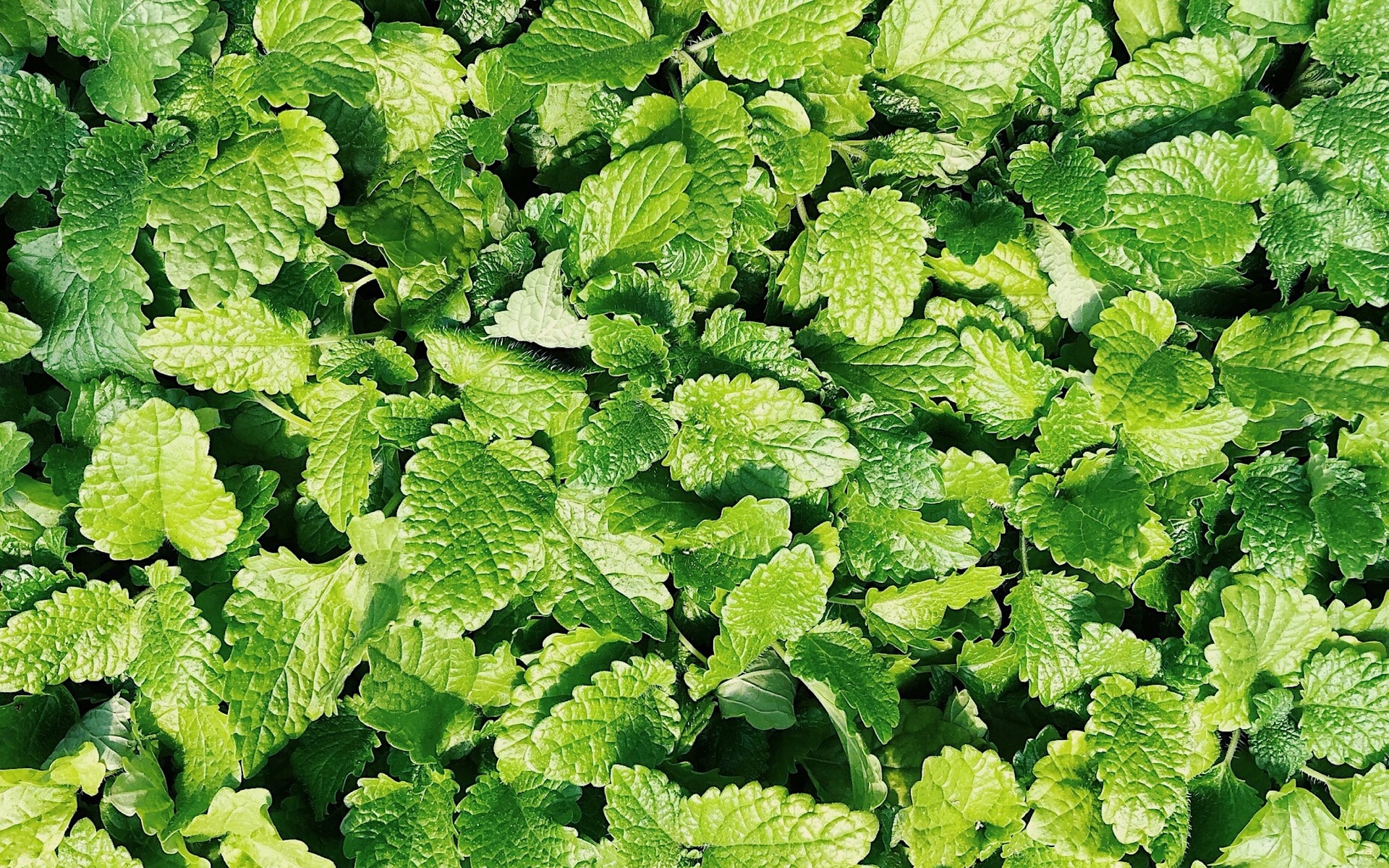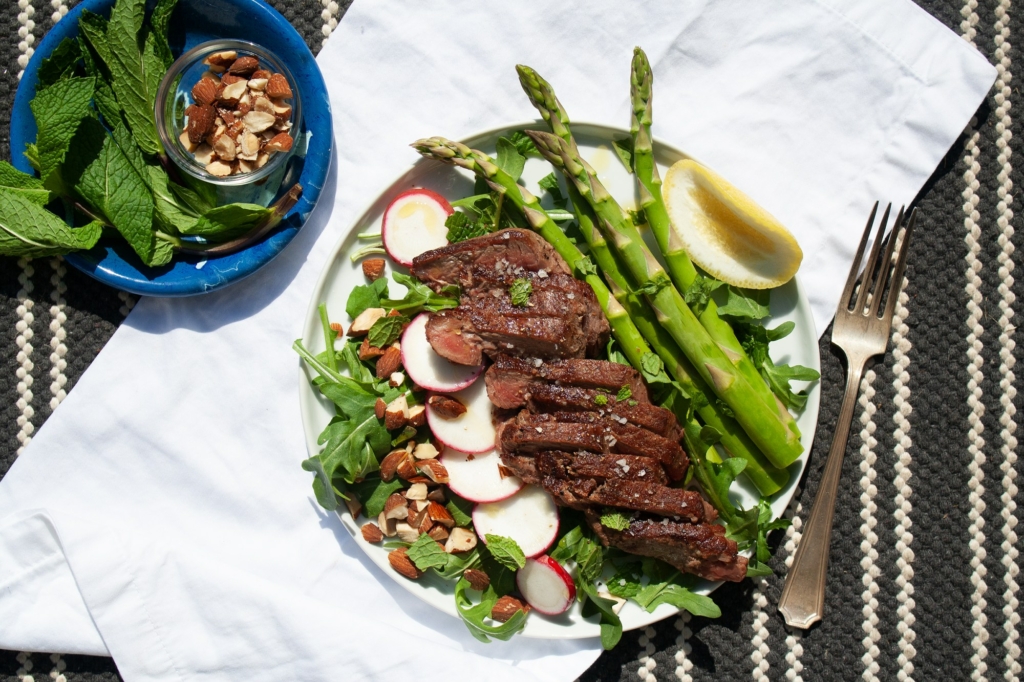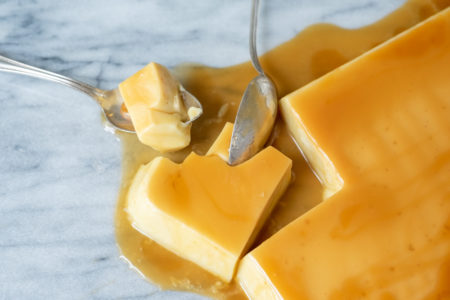Spearmint, the aromatic herb from the Lamiaceae family, goes by multiple names including lamb mint, common mint, Our Lady’s Mint, and garden mint. The prefix “spear” was attached to the name of this mint variety owing to its pointed spear-shaped leaves. It is commonly used in flavoring food and herbal teas and commercially used in toothpaste, candy, shaving cream, and more. Spearmint grows in moist and sunny environments and bears purple stalks with tiny pink or lilac flowers.
Peppermint vs Spearmint
The flavor of spearmint is minty just like that of peppermint but is less intense in both smell and taste. That’s because peppermint contains 40% of menthol while spearmint only has 1% of it. While peppermint is strong and spicy, spearmint is mild and more on the sweeter side.

History of Spearmint
If we look into the history of this herb, spearmint is believed to have originated from Europe and the Middle East but since it’s so easy to grow, it can now be found all over the world.
Romans were the first to bring spearmint to the British isles. It is said that both Romans and Greeks had a unique tradition of rubbing spearmint on their dining tables for a fresh scent before the arrival of their guests, hence spearmint is also known as “the herb of hospitality”.
Spearmint was brought to America by the English colonists during the American revolution. In early America, tea made with spearmint was an extremely popular drink because it wasn’t taxed by the English and was as important as the cash crop in Connecticut.
For centuries, spearmint has been believed to promote digestion. John Gerard, who was a famous herbalist around the 16th century, and owned a large garden with numerous uncommon species of plants in London, believed that the rejuvenating scent of spearmint is highly suitable for uplifting one’s mood.
How to Use Spearmint in Cooking?

Spearmint leaves offer a diverse range of culinary uses. It’s a popular flavoring agent in soups, stews, curries, and stir frys. Dried spearmint leaves are especially used to season meat, notably lamb, and fish, as well as various roasted vegetable and rice dishes. The pairing of lamb with mint is a forever-favorite among meat lovers and our recipe for Spring Steak Salad shows off this dynamic duo.
Besides its vibrant flavor, mint is almost always used for garnishing dishes as a final touch to bring a pop of color to them. You can use fresh spearmint leaves to prepare salad dressings, sauces, salsa, and other condiments like our Mint Gremolata, Garlic-Mint Aioli, and Avocado Salsa.

Spearmint also serves as an active ingredient in several mixed drinks, such as mojitos, mint-margaritas, and our favorite, mint juleps. Besides, it’s a winner in herbal teas. Spearmint flowers and leaves, whether fresh or dried, are also commercially used in beverages, jellies, syrups, candies, and ice creams. The best part is this aromatic herb grows easily in pots and spreads widely like a weed which also makes spearmint an ideal herb for your kitchen garden or terracotta pots you keep at your windowsill.

Feature Image: Flickr user katrinket ( CC BY-NC-SA 2.0 )



